
[The following scouting report is part of a series on potential 2025 draft prospects from Sports Business Classroom alumni.]
Will Riley
Frame: 6’8”, 186 lbs
Position: Forward
Team: Illinois Fighting Illini
2025 Draft Age: 19
Offense
Size and skill are premium attributes NBA scouts look for in prospects, and every team could use a forward with Riley’s combination of shooting and playmaking potential. The Canadian freshman was a key contributor as the Big Ten’s 6th Man of the Year, an award he narrowly beat out fellow one-and-done prospect Jase Richardson (Michigan State).
While it was a successful season for Riley, it had its ups and downs. Through the first 12 games, Riley averaged an encouraging 12.6 points, 4.0 rebounds and 1.5 assists before going on an ice-cold stretch in his following eight games. However, he managed to bounce back strong to average 16.7 points, 4.9 rebounds and 3.1 assists in the remaining 14 games before losing to Kentucky in the Round of 32. That’s the ideal a team would draft, the wiry shooter whose experience in practice as the backup point guard began to pay substantial dividends. It was clear the experience he was gaining was paying off, as his confidence continued to grow as a blossoming point-forward.
Although his three-point percentage doesn’t scream elite shooter, his knack for hitting well-timed, important shots really stood out. He made an impact shooting from the perimeter and attacking the basket with improved aggression and ability. Efficiency is arguably the most critical aspect of his game that he must improve upon to be an impactful player at the next level, and there’s good reason to believe he can. Outside of his cold slump, the jumpshot looked sound mechanically and leaves little doubt it will continue to be effective in the NBA. Also, his aggression attacking the basket showed a lot of promise in the back half of the season as he became better at creating lanes to the rim, drawing fouls and finishing through contact (36 percent of his field goal attempts came at the rim, and he managed to convert an impressive 61 percent).
Even though the scoring upside is very intriguing, Riley’s untapped potential as a secondary/tertiary playmaker could vault him into becoming a top 15 player in this class. While 3.1 assists per game in a relatively small sample might not be eye-popping, the rate at which he generated assists was truly impressive. His shooting slump lasted essentially all of January, and he still managed an assist rate of 17.2 percent. In February, that rate shot up to 21.6 percent, which you would expect from a guard and is better than that of Tre Johnson (Texas), Kon Knueppel (Duke), and even Collin Murray-Boyles (South Carolina). Also, arguably most important is his advanced ability to avoid turnovers at a young age: 9.2 percent turnover rate as a freshman, which is second only to Richardson.
Defense
Like many other offensive-oriented players, Riley’s primary concerns surround his ability on the defensive side of the ball. He is faced with the conundrum of being too slow to defend NBA guards while also lacking the strength to match up against NBA forwards. It’s really difficult to become more agile, indicating he will need time to bulk up in his rookie season and fill out physically to reach his full potential.
It’s worth mentioning that while he doesn’t generate many turnovers or lock opposing players down, he isn’t a liability that opposing teams can play off the floor. Riley still manages to utilize his length to contest shots well, and consistently gives his best effort on the defensive end, which is half the battle.
Looking Ahead
Riley is widely mocked from the late teens to the end of the first round. The best fit for him might be a team like the Atlanta Hawks, who need to surround their star player with players like Riley, who are capable of shooting, dribbling and passing.
Whatever team drafts him should put an early emphasis on his development and ability to create for himself and others because this could propel Riley into a higher tier of prospects. He already does a good job of avoiding mistakes and limiting turnovers, which will be important to maintain to carve out a role as soon as possible. Spending time in the G-League should provide the opportunity for this.
Also, while he doesn’t possess the defensive ability of Carter Bryant or Noa Essengue, he is by far the best self-creator and playmaker of the trio. To see consistent minutes, he must also bulk up to improve his impact as a defender and slasher: that way, he can match up against stronger players and avoid being knocked off his line to the hoop.
At the very least, Riley can develop into a quality connective piece to fill a Duncan Robinson-type role as a shooter off the bench with plus playmaking capabilities, worthy of being a top 20-ish pick.


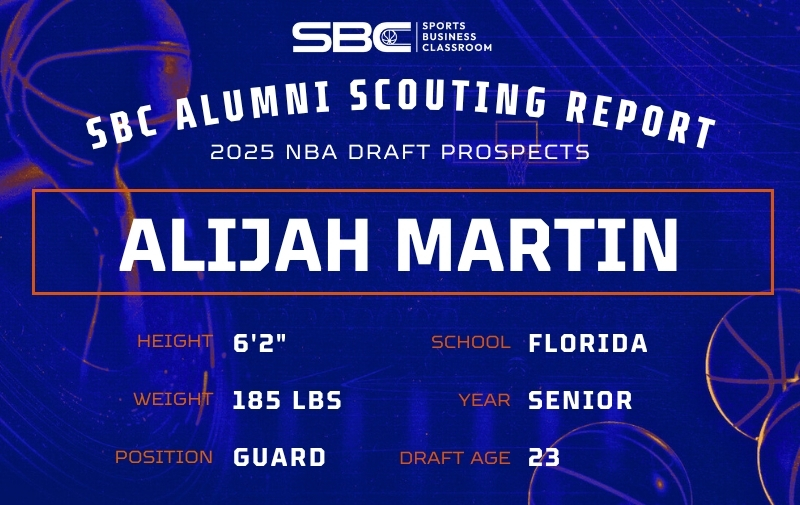
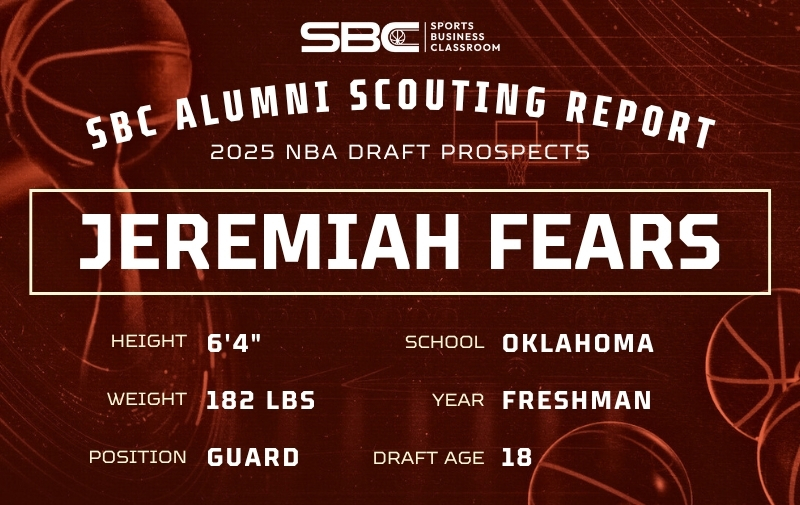
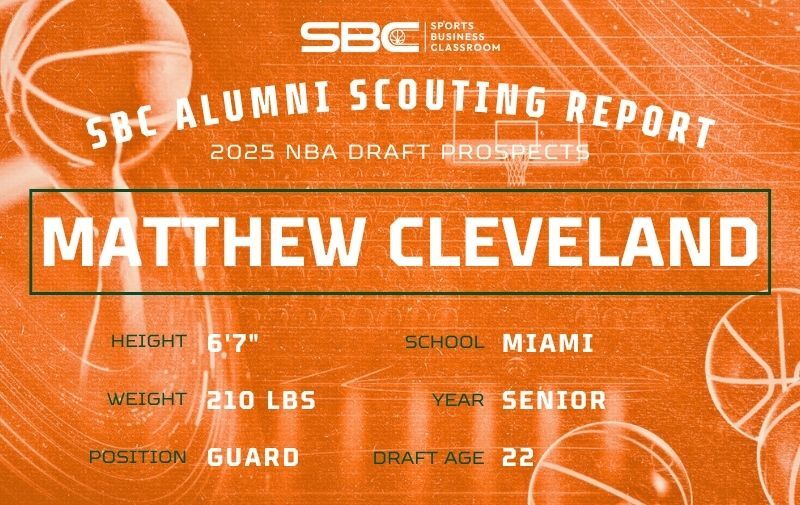
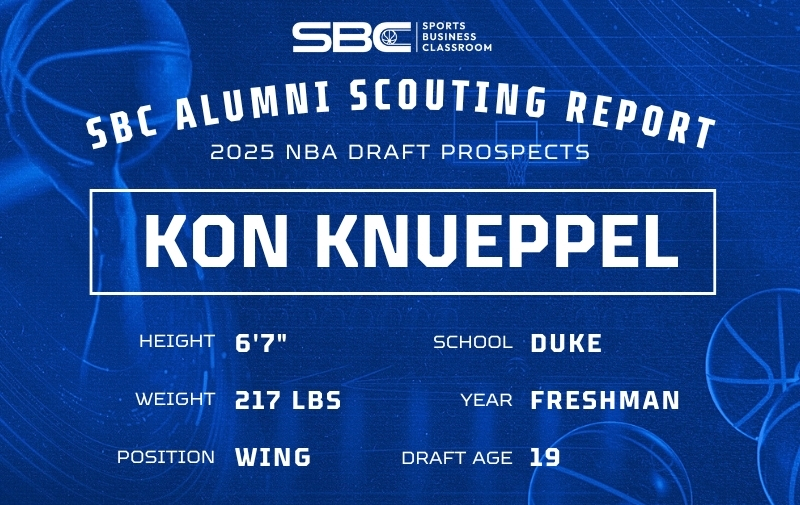
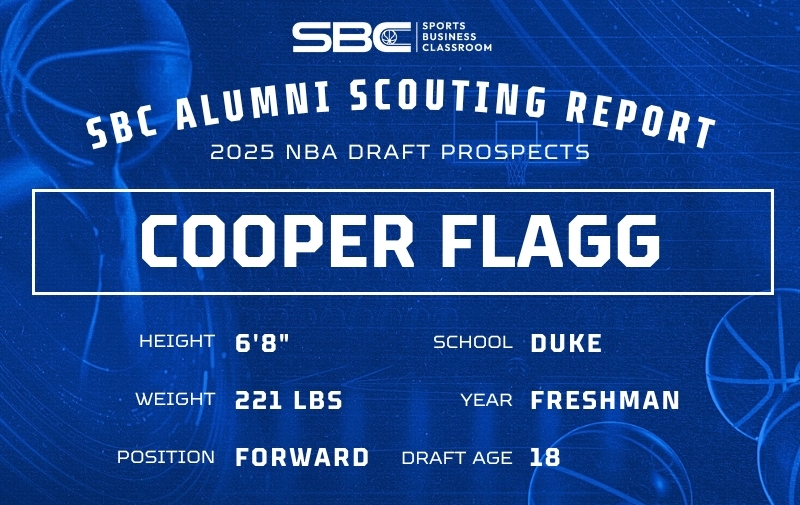
Leave A Comment